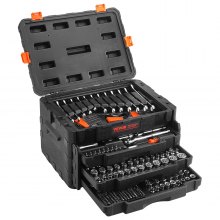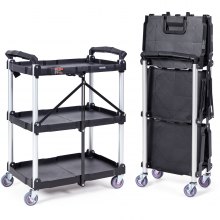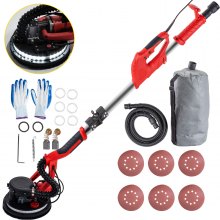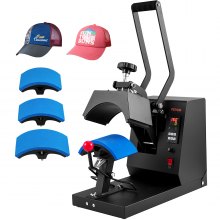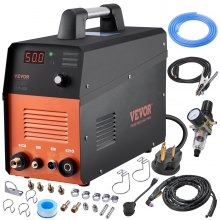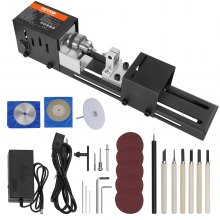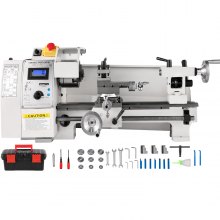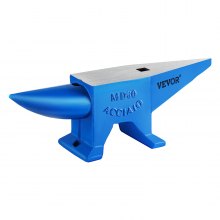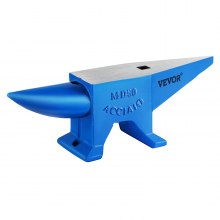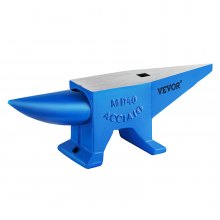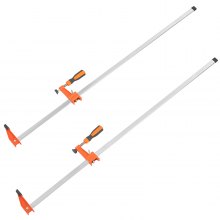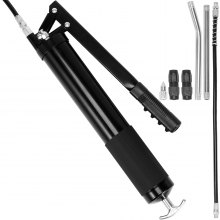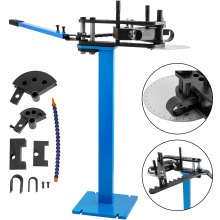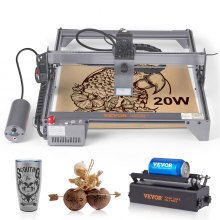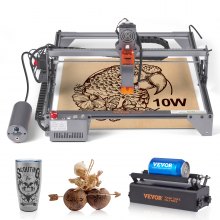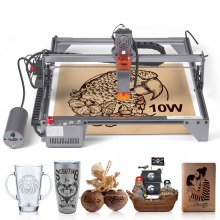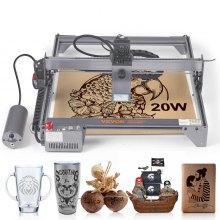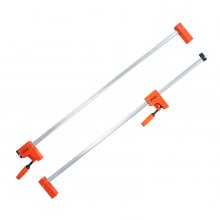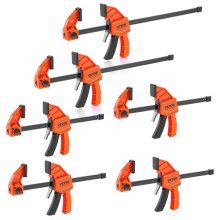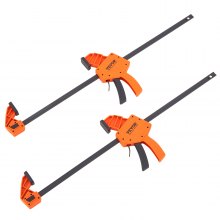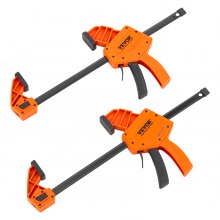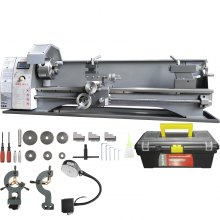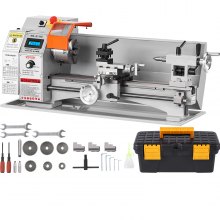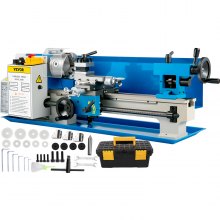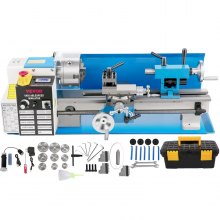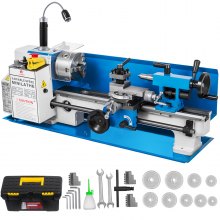Exploring the World of Metalworking: A Comprehensive Guide
Introduction to Metalworking
Metalworking is a versatile craft that encompasses various techniques for shaping, cutting, and forming metal materials. From welding and machining to forging and casting, the world of metalworking offers endless possibilities for creating intricate designs and functional objects. Whether you're a seasoned professional or a hobbyist looking to explore a new skill, understanding the fundamentals of metalworking is essential.
The Evolution of Metalworking Techniques
Metalworking has a rich history that dates back thousands of years. From the Bronze Age to the Industrial Revolution, humans have continually refined their methods for working with metal. Early civilizations used primitive tools to smelt and shape metals, laying the foundation for modern metallurgy. Over time, advancements in technology have led to the development of sophisticated techniques that enable precision engineering and manufacturing.
Exploring Different Types of Metalworking
Metalworking encompasses a diverse range of processes, each with its unique characteristics and applications. From traditional blacksmithing to state-of-the-art CNC machining, there's a metalworking method suited to every project and skill level. Let's take a closer look at some of the most common types of metalworking:
1. Welding and Fabrication
Welding is a fundamental metalworking process that involves joining two or more metal pieces together using heat and pressure. From MIG and TIG welding to arc welding and oxy-fuel cutting, there are various techniques for fabricating metal structures and assemblies. Welding is essential in industries ranging from construction and automotive to aerospace and manufacturing.
2. Machining and CNC Technology
Machining is a precision metalworking process that involves removing material from a workpiece to create a desired shape or surface finish. With the advent of Computer Numerical Control (CNC) technology, machining has become more efficient and accurate than ever before. CNC machines use computer-aided design (CAD) software to automate the machining process, allowing for complex geometries and tight tolerances.
3. Forging and Casting
Forging and casting are ancient metalworking techniques that involve shaping metal through the application of heat and pressure. In forging, metal is hammered or pressed into shape, while casting involves pouring molten metal into a mold to create a specific form. These processes are used to produce everything from decorative ornaments and jewelry to industrial components and machine parts.
Sheet metal fabrication involves cutting, bending, and shaping thin metal sheets to create products and structures. Commonly used in construction, HVAC systems, and automotive applications, sheet metal fabrication requires specialized tools and equipment, such as shears, brakes, and rollers. With the right skills and techniques, craftsmen can transform flat metal sheets into three-dimensional objects with precision and accuracy.
The Importance of Safety in Metalworking
Safety is paramount in the world of metalworking, where high temperatures, sharp tools, and heavy machinery pose significant risks to workers. Proper safety precautions, such as wearing protective gear, following established procedures, and maintaining equipment, are essential for preventing accidents and injuries. By prioritizing safety in the workplace, metalworkers can ensure a productive and secure environment for themselves and their peers.
Conclusion: Embrace the Art and Science of Metalworking
In conclusion, metalworking is a fascinating blend of art and science that offers endless opportunities for creativity and innovation. Whether you're a professional metalworker or an aspiring enthusiast, there's always something new to learn and explore in this dynamic field. By mastering the fundamentals of metalworking techniques and embracing modern advancements in technology, you can unlock your full potential and bring your ideas to life. So, roll up your sleeves, fire up the forge, and let your imagination soar in the world of metalworking.
Take Action: Discover Quality Metalworking Tools at VEVOR
Ready to embark on your metalworking journey? Explore a wide selection of high-quality tools and equipment at VEVOR. From welding machines and CNC routers to forging anvils and sheet metal brakes, VEVOR has everything you need to take your craft to the next level. Visit our website today and unleash your creativity with VEVOR.
What are the different types of metal working techniques?
There are various metal working techniques used in industries and crafts. Some common ones include machining, welding, forging, casting, stamping, and extrusion. Machining involves removing material through cutting, drilling, milling, or grinding to achieve the desired shape. Welding joins metal pieces together using heat, pressure, or both. Forging involves shaping metal by hammering or pressing it while it's hot. Casting creates metal objects by pouring molten metal into molds and allowing it to cool and solidify. Stamping uses dies to shape metal by applying pressure. Extrusion forces metal through a die to create long shapes with a consistent cross-section.
What tools are essential for metal working?
Metal working requires various tools depending on the specific technique and application. Some essential tools include lathes, milling machines, drills, saws, welders, grinders, anvils, hammers, and torches. Lathes are used for rotating a workpiece to perform operations like cutting, drilling, or sanding. Milling machines remove material using rotary cutters to create precise shapes. Drills are used for making holes in metal surfaces. Welders join metal pieces together using heat and filler material. Grinders are used for shaping and smoothing metal surfaces. Anvils and hammers are essential for forging metal, while torches are used for cutting and heating metal.
What safety precautions should be taken during metal working?
Safety is crucial in metal working due to the risks associated with working with sharp tools, high temperatures, and heavy machinery. Some safety precautions include wearing appropriate personal protective equipment (PPE) such as safety glasses, gloves, and hearing protection. Ensure proper ventilation in work areas to prevent exposure to fumes and gases. Always follow manufacturer instructions and use tools and equipment properly. Keep work areas clean and organized to prevent accidents. Be cautious when handling hot materials or using power tools to avoid burns or injuries. Regularly inspect tools and machinery for any signs of damage or wear and maintain them properly.
What are some common applications of metal working?
Metal working finds applications in various industries and fields. It is used in manufacturing sectors for producing components and parts for automobiles, aircraft, machinery, and consumer goods. Metal working is also essential in construction for fabricating structural elements like beams, columns, and panels. Artisans and craftsmen use metal working techniques to create decorative items, sculptures, jewelry, and artworks. Additionally, metal working plays a vital role in repairing and maintaining metal structures and equipment in industries, construction sites, and households. It is a versatile skill with diverse applications across different sectors of the economy.
How can someone learn metal working skills?
Learning metal working skills can be achieved through various avenues. Enrolling in vocational schools, community colleges, or technical institutes that offer courses in metal working is one option. These programs often provide hands-on training and instruction in various techniques and tools used in metal working. Alternatively, individuals can seek apprenticeships or internships with experienced metal workers to gain practical experience and mentorship. There are also numerous online resources, tutorials, and instructional videos available that cover different aspects of metal working. Additionally, attending workshops, seminars, and trade shows related to metal working can provide valuable insights and networking opportunities for aspiring metal workers. Consistent practice and dedication are key to mastering metal working skills.





























